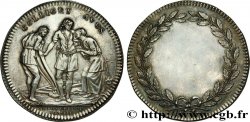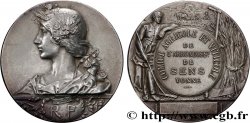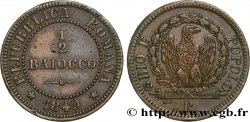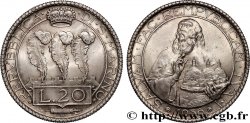正面
正面的文字 REPUB. DEL CENT. DE AMER/ .1825..
正面的说明书 Vue d'un paysage montagneux avec le soleil/ contremarqué d'un lion tourné à gauche.
正面的翻译 (République du centre de l'Amérique).
背面
背面的文字 LIBRE CRESCA FECUNDO/ .NG. M. 21 Q..
背面的说明书 Arbre, accosté de 1/2 - E..
背面的翻译 (libre rend fécond).
评论
历史细节
GUATEMALA - REPUBLIC OF CENTRAL AMERICA
In the middle of the 19th century, Carrera, then Cerna which succeeded it, benefited from a period of economic stability, mainly due to the export of cochineal to Great Britain.. The government's credit is then strong enough to enable it to acquire precious metals necessary for the minting of gold coins of various denominations and silver pesos.. The country is modernizing: roads, bridges, railway lines are being built. . . Coffee culture is developed. Vicente Cerna continues the strong conservative policy established in Guatemala. After his re-election as head of the Republic, discontent is growing against his dictatorial regime. A group of Guatemalans dare to criticize the government in front of Congress. The leader of this group, Miguel García Granados, must then leave his country to take refuge in Mexico where it is said that he obtains the support of President Benito Juárez. The invasion of Guatemala becomes imminent when the rebel officer Justo Rufino Barrios, who had important connections in the Los Altos region, joins the group of García Granados. Barrios proves to be a skilful general on the battlefield, in actions such as those carried out at Tacaná, Laguna Seca, Coxón and Tierra Blanca. President Cerna's forces retreat. The last fight takes place in San Lucas, near Antigua Guatemala, which dominates the capital. Cerna abandoned the country and the revolutionaries marched through Guatemala City where they arrived on June 30, 1871, thus marking the beginning of a new political era that made it possible to introduce significant changes in the country's society and economy.. In 1881, a second unsuccessful attempt was made to introduce the decimal system and its sub-multiples (coins of 5, 10 and 25 centavos in silver and 1 centavo in copper).. Four years later, in 1885, Justo Rufino Barrios proclaimed the Central American Federation and took command of the Union army to invade neighboring countries.. He was killed in the battle of Chalchuapa (El Salvador) on April 2, 1885.. Barrios Barillas Manuel Lizandro seizes power and makes peace with the Republics of Central America: Honduras, El Salvador, Nicaragua and Costa Rica. By various diplomatic means, he tried to unify them and, in 1889, the Pact of Union was celebrated.. In 1889, two copper essays were minted (1 and 2 centavos) but no issue followed..







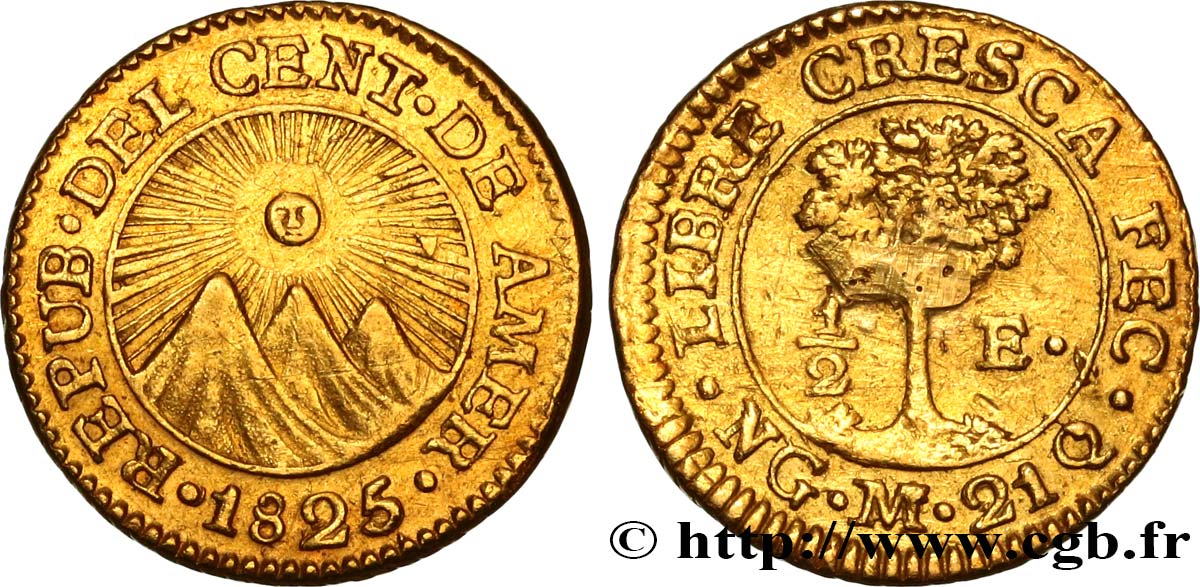
 对产品描述纠错
对产品描述纠错 打印
打印 分享我的选择
分享我的选择 提问
提问 Consign / sell
Consign / sell